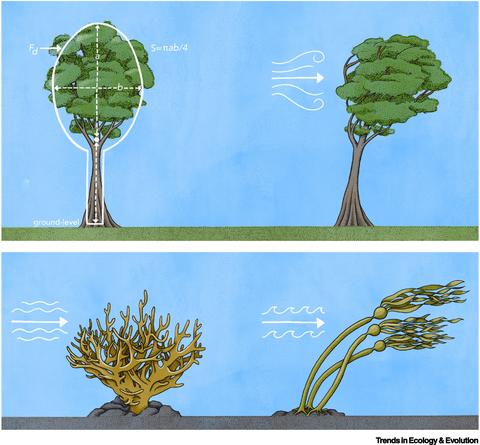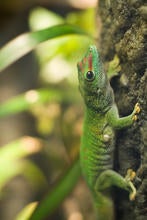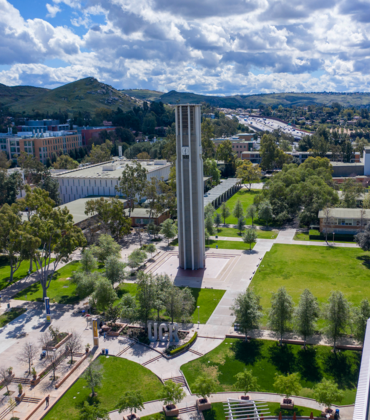
A team of scientists has devised a more accurate way to predict the effects of climate change on plants and animals — and whether some will survive at all.
Frequently, ecologists assess an organism’s fitness relative to the climate by quantifying its functional traits.
“These are physical properties you can measure — height, diameter, the thickness of a tree,” said UC Riverside biologist Tim Higham. “We believe more information is needed to understand how living things will respond to a changing world.”
The team, led by Higham, outlines an alternative model for researchers in an article published today in the journal Trends in Ecology and Evolution.
This new model incorporates the functional traits of an organism as well as environmental variables, such as temperature, habitat structure, and the speed of wind or water an organism interacts with. The team calls these “ecomechanical models.”
As oceans rise, strong storms will reach farther inland. The intensity of hurricanes, and the proportion of hurricanes that reach very intense levels, will likely increase with climate change. As a result, Higham said that fluids from these storms will exert greater forces on anything in their path. These forces could cause organisms with roots, such as trees, to break or be uprooted.
“If you measure the functional traits of a tree, and we know the speed of the wind, we can predict how much bending will occur,” Higham said. “At certain wind speeds, the tree will potentially come down.”
The way wind disperses seeds, or how insects and birds fly in the face of strong winds, can potentially influence their fitness. When considering the fate of living things, the physics governing the way they move through space is another important factor accounted for by this new framework. In this sense, ecomechanical models are not limited to understanding the impacts of climate change.
“They can help scientists understand evolutionary patterns and how animals interact differently with their environment as they grow,” Higham said.
Environmental conditions can affect how some animals attach to surfaces. For example, geckos can use their famous adhesive system to attach to smooth surfaces. However, the real-world is not often smooth. Therefore, understanding how geckos attach requires knowledge of both the animal’s functional traits and the environment’s texture, for example.
In order to facilitate use of this model by many different types of scientists, the research team urges the expansion of freely available online databases in which functional traits of organisms have been described in a uniform, standardized way.
This work was years in the making, the product of a working group funded by the National Science Foundation. The group is composed of 24 scientists from Arizona State University; Claremont Colleges; University of British Columbia; University of Illinois, Clark University; the University of Calgary, The State University of Northern Rio de Janeiro, Brazil; Rutgers University; University of Waterloo in Ontario, Canada; University of Washington; George Washington University; Trinity University; UC Berkeley; Cornell University; Towson University, and the American Museum of Natural History.
Many of the participating faculty identify as members of underrepresented groups in science. "Including faculty in early career stages, and from a diversity of backgrounds and lived experiences was of paramount importance to us as we created the working group," said Lara Ferry, biologist and President's Professor from Arizona State University. "We know the best results come from the collective contributions of many different perspectives."
Should these recommendations become widely adopted, the research team feels there will be profound impacts on multiple areas of biology.
“The use of ecomechanical models can help us understand the rules of life,” Higham said.





